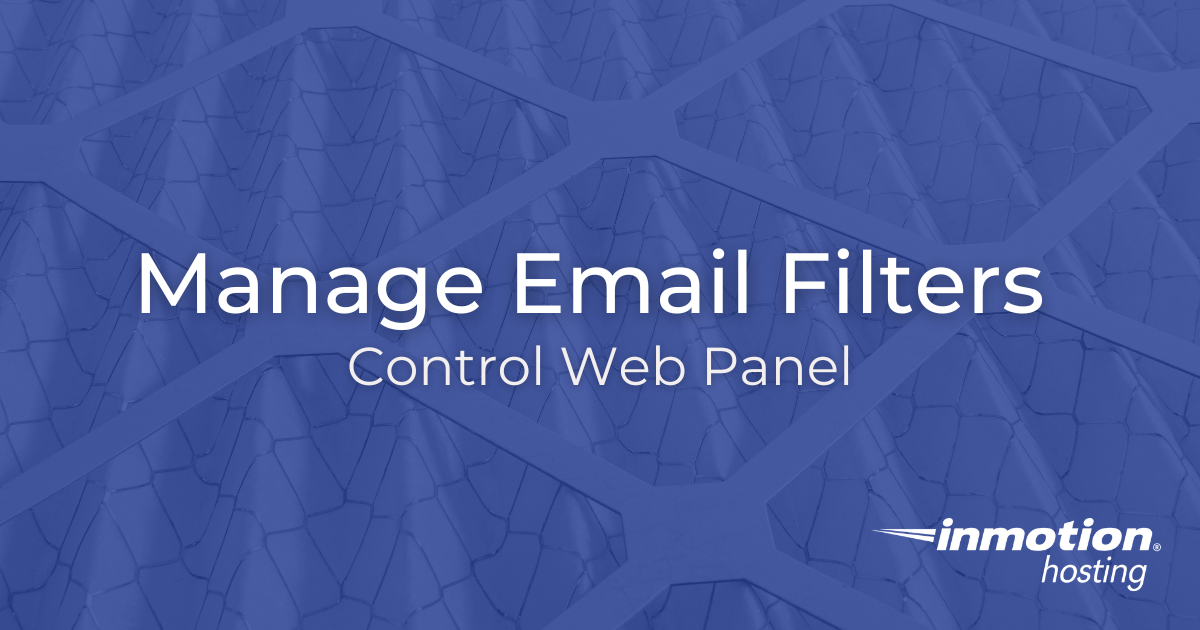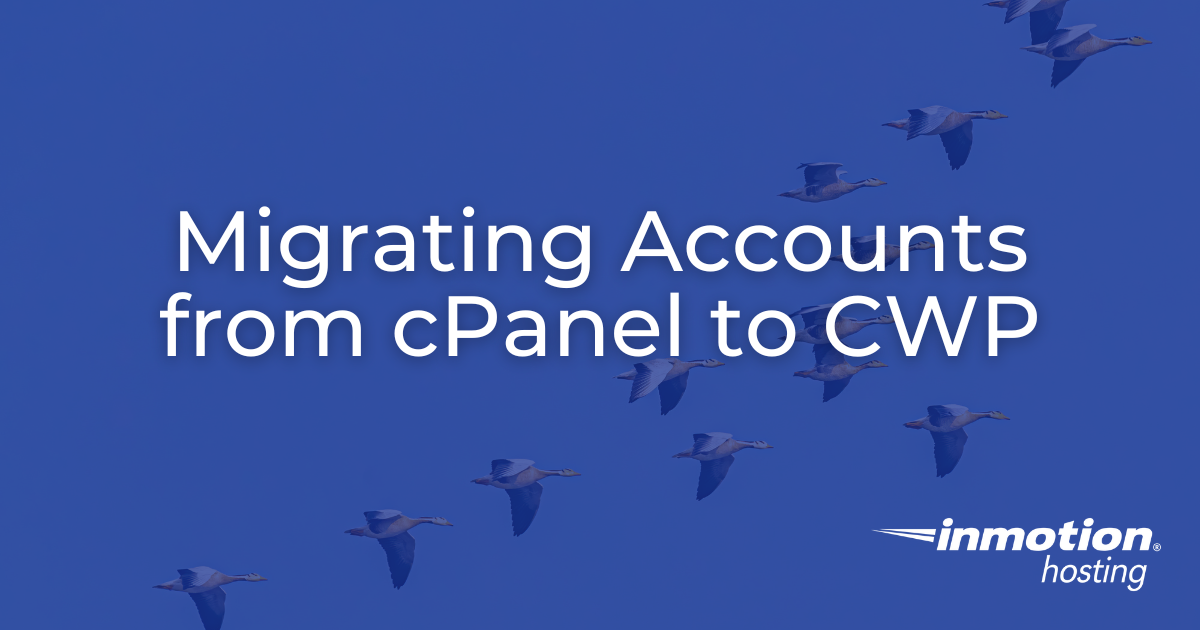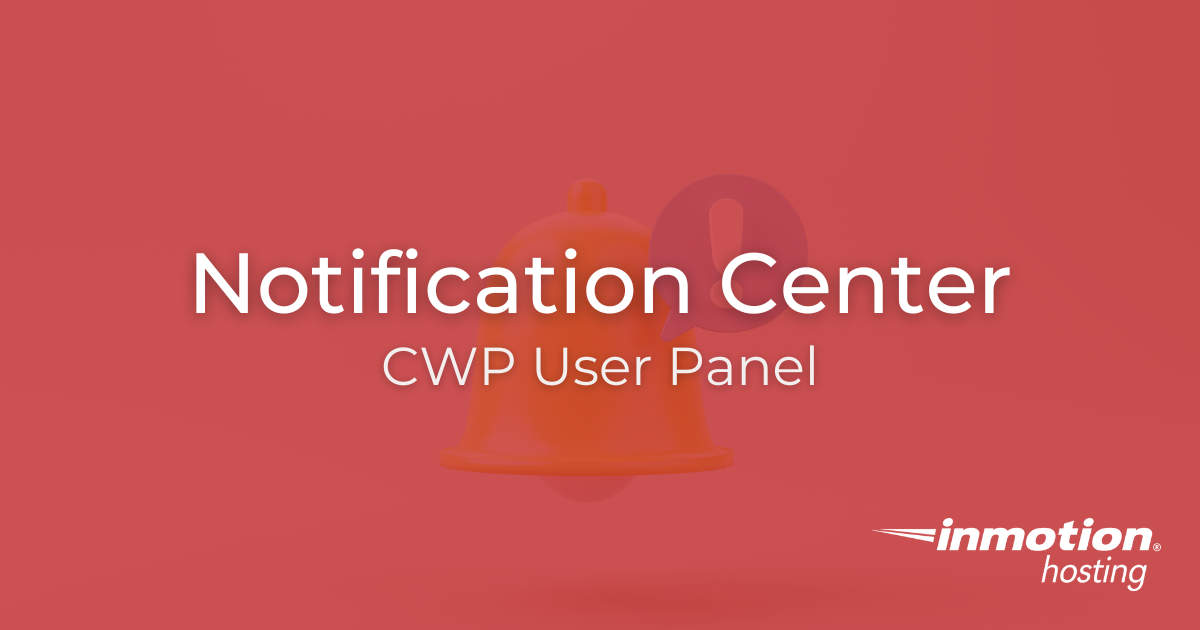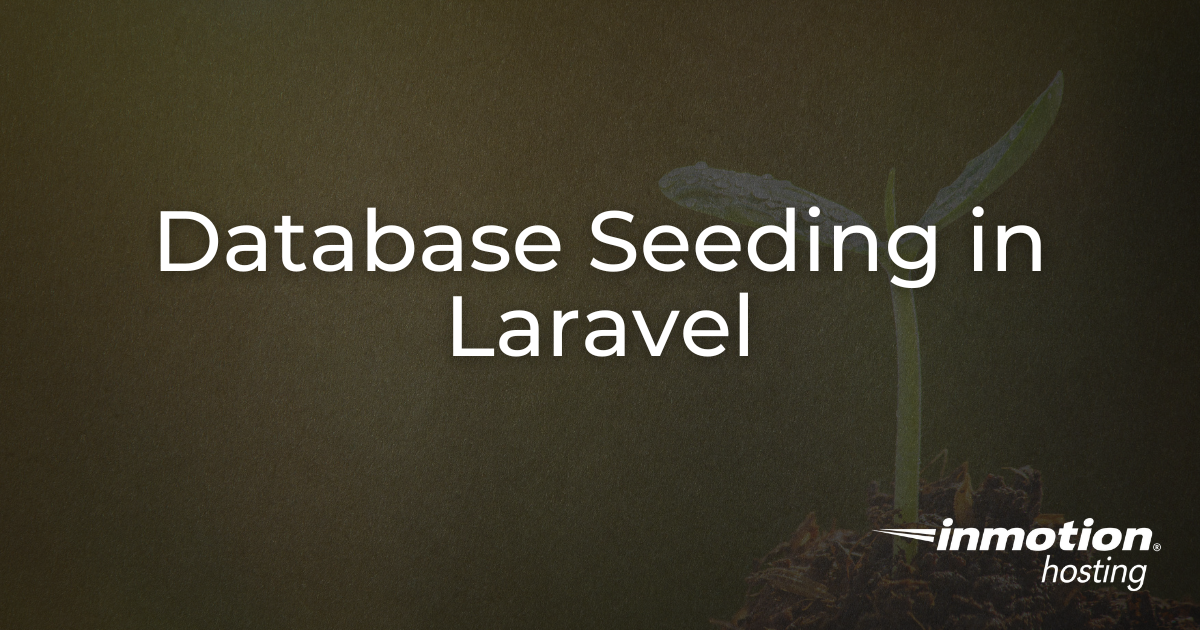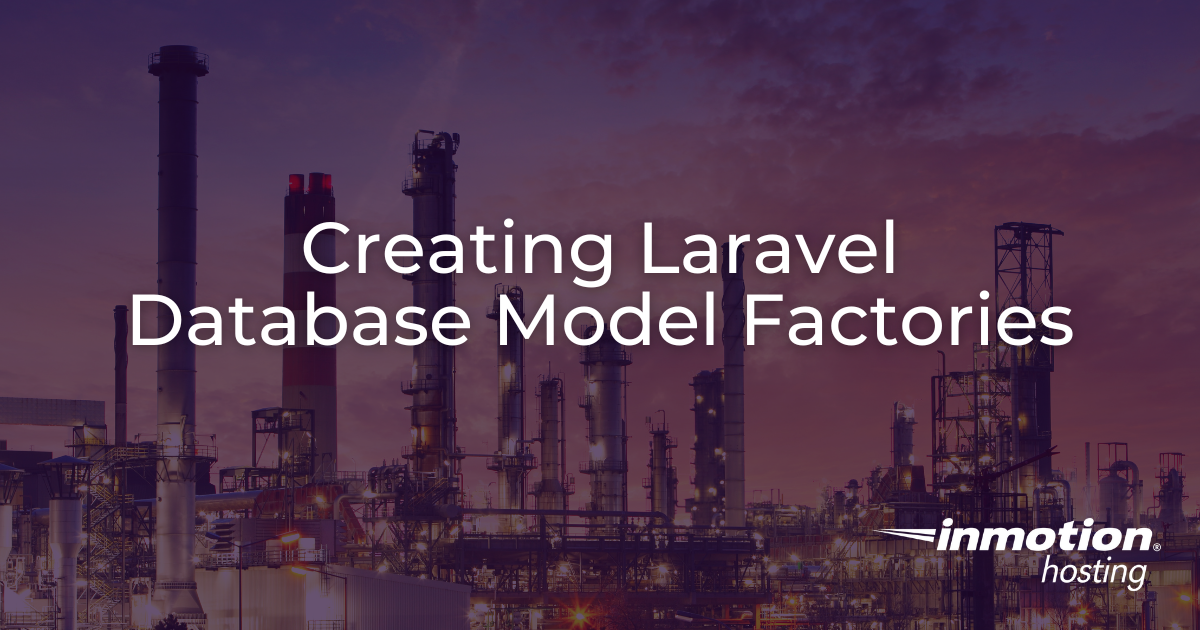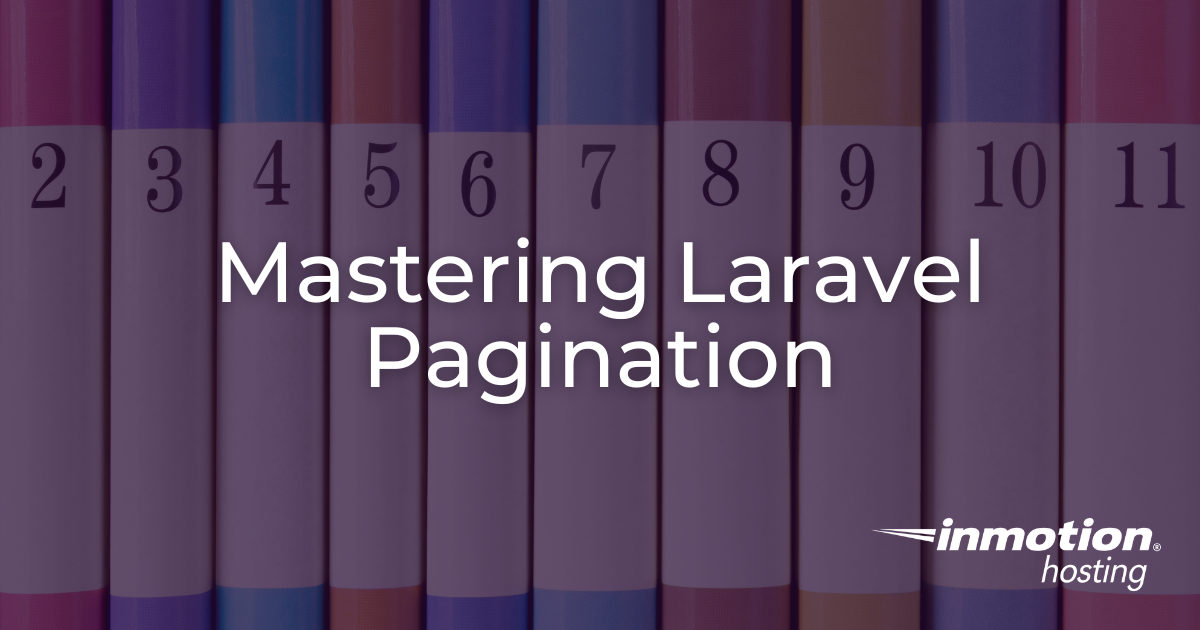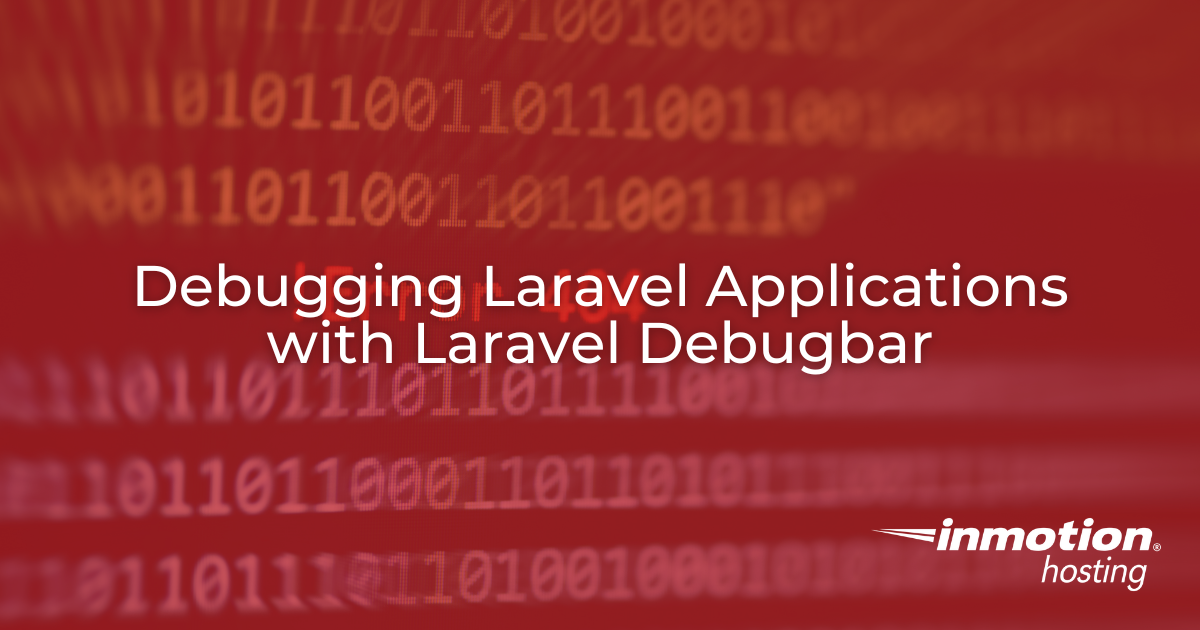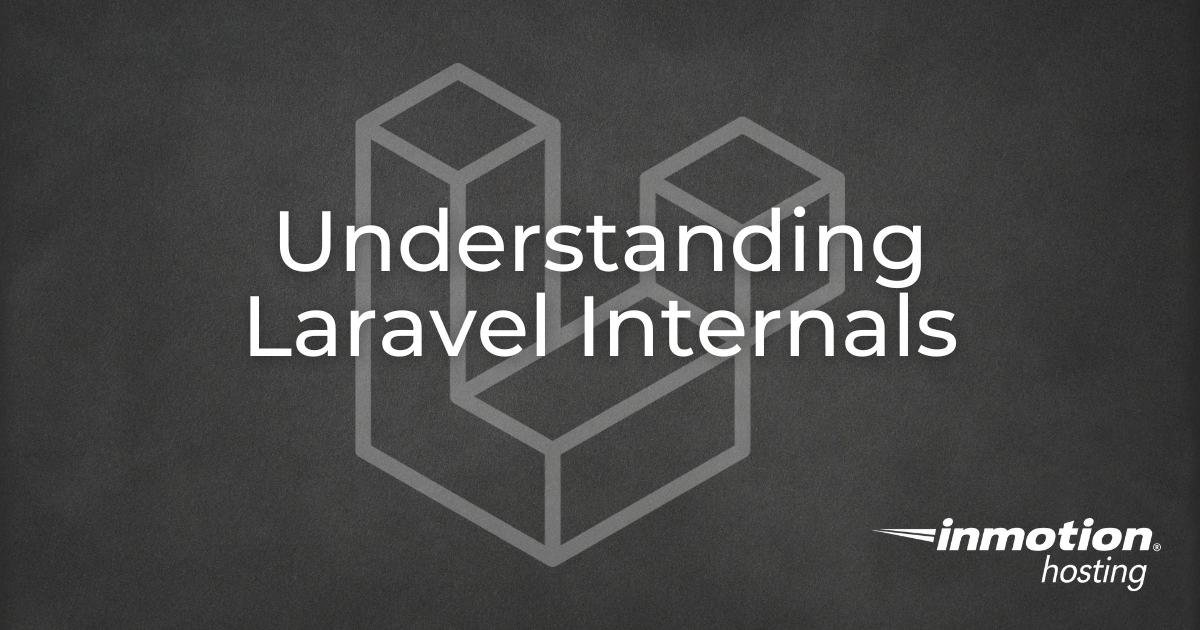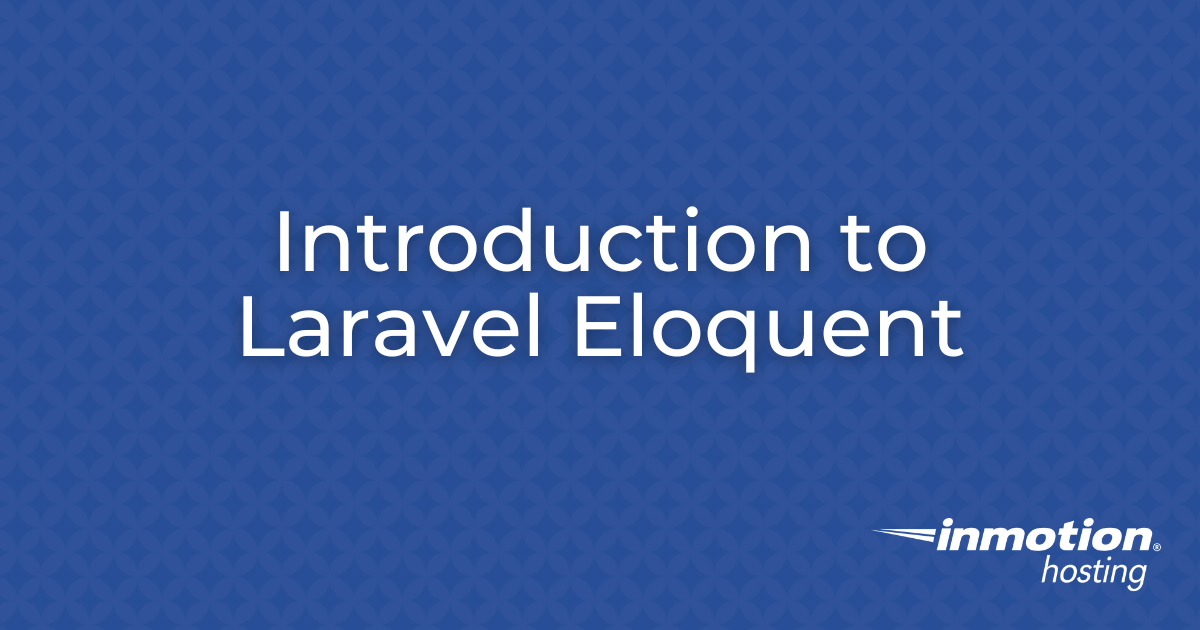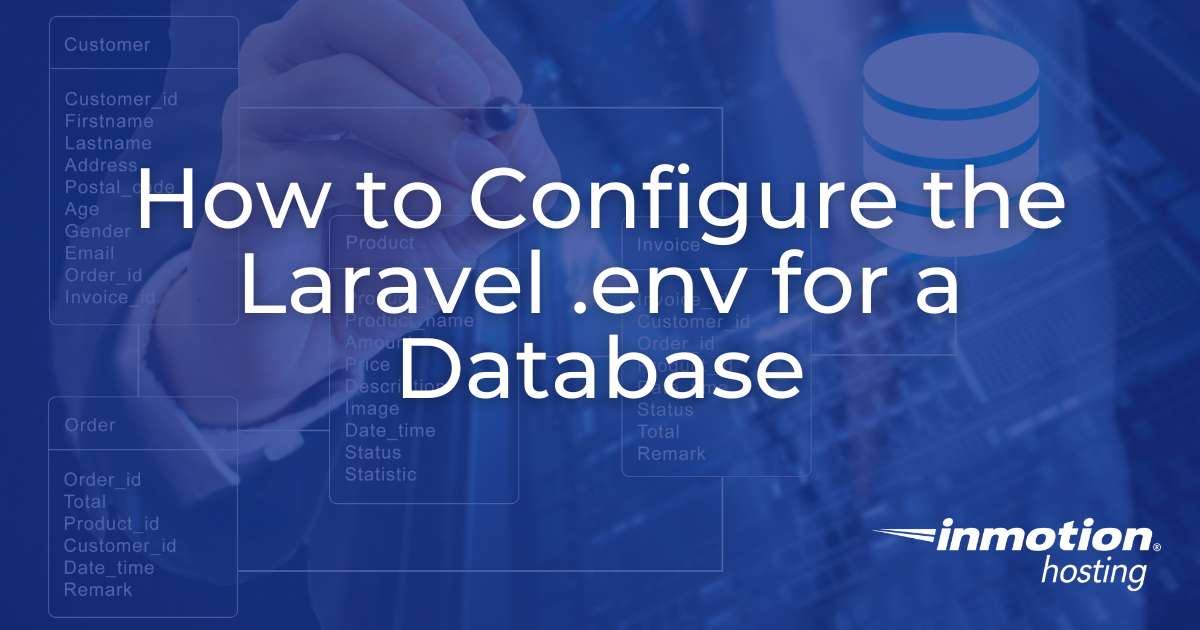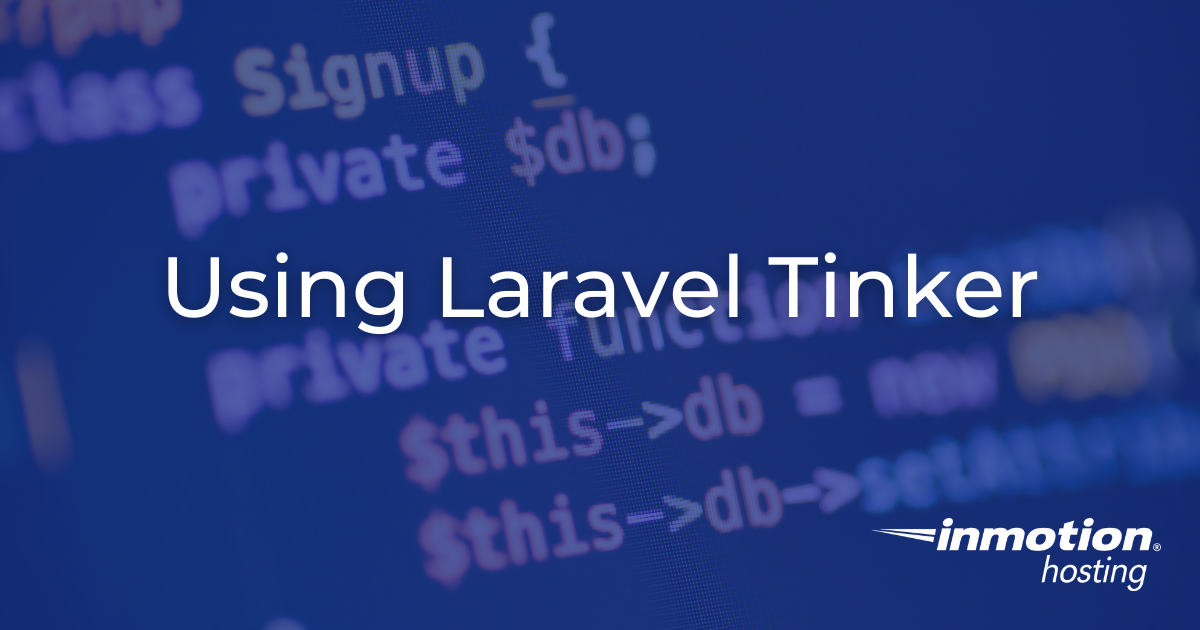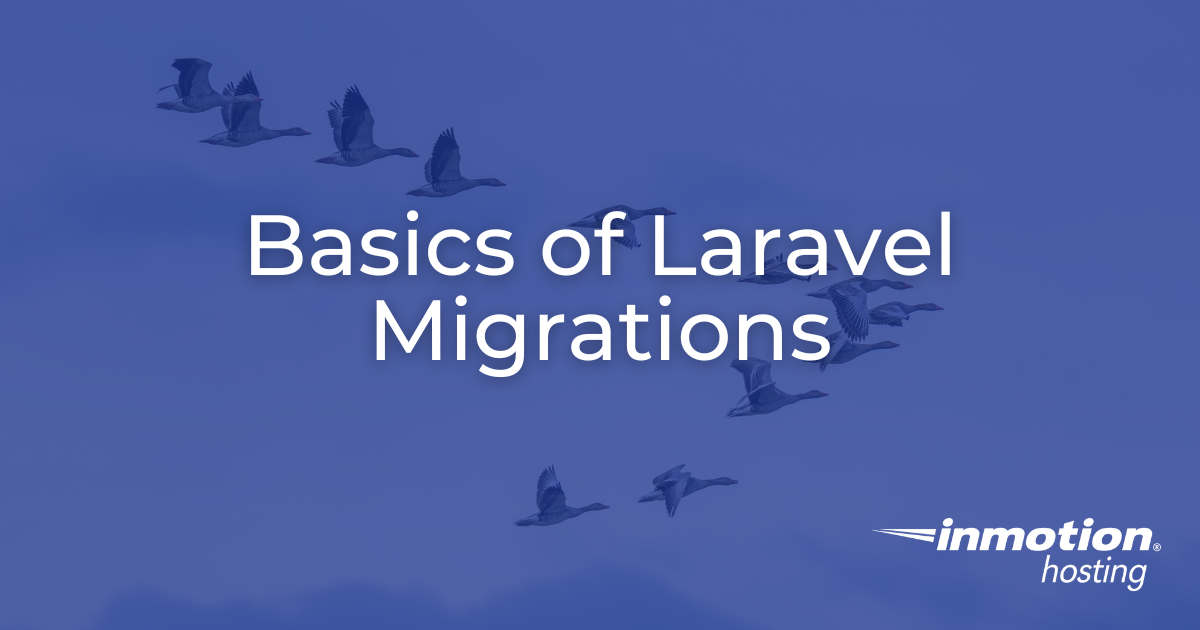Email filters are essential for managing incoming emails and ensuring your inbox remains organized and clutter-free. Control Web Panel (CWP) provides robust tools for creating and managing email filters, allowing you to automate email organization based on various criteria. This guide will walk you through setting up and managing email filters in CWP. Introduction Email Read More >
Derrell
Migrating Accounts from cPanel to CWP
Migrating from cPanel to Control Web Panel (CWP) can offer numerous benefits, including cost savings and enhanced server management capabilities. This guide will provide a comprehensive step-by-step process to ensure a smooth migration from cPanel to CWP. Prerequisites Before beginning the migration process, ensure that you have the following: Step-by-Step Migration Guide Step 1: Allow Read More >
CWP Log Paths
Logs are essential for server management, providing detailed records of activities and events that occur on your server. In Control Web Panel (CWP), logs are crucial for diagnosing issues, monitoring system performance, and ensuring security. This article provides a comprehensive guide to the log paths in CWP, helping you locate and understand the various logs Read More >
How to Create Packages in Control Web Panel (CWP)
Creating packages in Control Web Panel (CWP) allows administrators to effectively define and allocate resources for user accounts. Packages include limits on disk space, bandwidth, email accounts, databases, and other features that help manage server resources efficiently. This guide will walk you through the process of creating packages in CWP. What Are Packages? Control Web Read More >
Notification Center in CWP User Panel
The Notification Center in the CWP User Panel is designed to keep users informed about important events and activities related to their hosting accounts. By enabling and managing notifications, users can keep track of essential aspects of their web hosting environment, which helps to prevent unwanted behavior and avoid errors. What is the Notification Center? Read More >
Mod Security Configuration in CWP User Panel
Introduction Mod Security is a crucial security feature for web hosting, designed to protect websites from various types of cyber-attacks, such as SQL injection, cross-site scripting, and other vulnerabilities. The Control Web Panel (CWP) User Panel provides a user-friendly interface for configuring and managing Mod Security, ensuring your website remains secure against these threats. This Read More >
Logging into Control Web Panel (CWP) for the First Time
Welcome to your new server with Control Web Panel (CWP)! This guide will help you log in to your CWP User and Admin Panels for the first time. Following these steps, you can access and manage your hosting environment quickly and easily. Let’s get started. Accessing the CWP User Panel Accessing the CWP Admin Panel Read More >
Manage Your Control Web Panel Server from the Account Management Panel (AMP)
InMotion Hosting’s Account Management Panel (AMP) offers tools designed to help you manage your Control Web Panel server seamlessly. This guide will walk you through the various options available within AMP to help you leverage these tools effectively. Tools covered: Accessing Account Management Panel (AMP) Log in to your InMotion Hosting Account Management Panel (AMP) Read More >
Database Seeding in Laravel
Database seeding is a crucial process in web development, allowing developers to populate databases with initial data. This is particularly useful for testing and development environments. Laravel offers a powerful and flexible way to seed databases. In this guide, we will cover everything you need to know about seeding databases in Laravel. Introduction Database seeding Read More >
Creating Laravel Database Model Factories
Database model factories in Laravel provide an efficient and powerful way to insert data for testing and seeding purposes. By leveraging model factories, developers can create realistic data sets quickly and easily by defining a set of default attributes for each of your Eloquent models, enhancing the development and testing processes. This guide will cover Read More >
Mastering Laravel Pagination
Pagination is a critical feature for web applications, enhancing user experience by breaking down large data sets into manageable chunks. Laravel simplifies the implementation of pagination through its built-in paginate() method. This article will guide you through the process of setting up and customizing pagination in Laravel, ensuring a smooth and efficient user experience. Setting Read More >
Debugging Laravel Applications with Laravel Debugbar
Debugging is an essential part of application development, ensuring that software operates efficiently and correctly. For developers working with Laravel, the Laravel Debugbar, developed by Barry vd. Heuvel, is an indispensable tool. It provides a powerful and flexible way to add debugging capabilities directly into your Laravel application. This article shows how you can leverage Read More >
Working with Docker Containers
Docker is now available to install on all VPS and Dedicated Servers from InMotion Hosting, including Platform i, Unmanaged Cloud VPS, Control Web Panel, and cPanel-Managed VPS. Due to the complexity and potential system-level changes required, Docker installations are recommended for experienced users only. Docker allows you to encapsulate your applications within containers, making them portable and easy to Read More >
Understanding Laravel Internals
Laravel simplifies the development of web applications with readable, maintainable code. This guide explores the internal mechanisms of Laravel that power its operations, providing clarity and insights that are beneficial for both new and experienced developers. Service Container (IoC Container) The Laravel Service Container is an implementation of the inversion of control (IoC) principle, which Read More >
East Coast Data Center Moving to State-of-the-Art Facility
As part of our ongoing commitment to deliver the best technology and the latest innovations in the hosting industry, InMotion Hosting is excited to announce the relocation of our East Coast Data Center to a new, state-of-the-art facility in Ashburn, VA., during the week of May 13th, 2024. This move is part of our commitment Read More >
Introduction to Laravel Eloquent
Laravel has consistently delivered robust tools for developers, enhancing productivity and simplifying common web development tasks. One of the standout components of Laravel is Eloquent, its Object-Relational Mapping (ORM) system, designed to simplify database interactions using an active record implementation. Prerequisites Before diving into Eloquent, you must have Laravel installed. If you haven’t already completed Read More >
How to Configure the Laravel .env for a Database
Configuring your environment settings is a vital initial step for managing database connections and ensuring your application runs smoothly across different development stages. Laravel uses environment variables stored in a .env file to manage configuration settings, making it easier to modify environment-specific details without altering the codebase. This article will guide you through the process Read More >
Using Laravel Tinker
Laravel Tinker is an invaluable tool for developers using the Laravel framework. As an interactive PHP REPL (Read-Eval-Print Loop) integrated directly into Laravel, Tinker allows developers to interact dynamically with their entire Laravel application. This can range from managing database records to testing service methods in real-time. This article aims to equip developers with the Read More >
Basics of Laravel Migrations
For any web application or website, managing the integrity and consistency of a database schema over time can be a challenge, particularly when working within collaborative team environments or across various deployment stages. Laravel offers a robust feature known as migrations that simplifies this process. Migrations act as version control for your database, enabling developers Read More >
How to Create a Route and View in Laravel
Laravel, a powerful MVC (Model-View-Controller) PHP framework, is designed for developers who need a simple and elegant toolkit to create full-featured web applications. Laravel is known for its expressive routing and views which are fundamental components of any Laravel application. This article guides you through the basics of creating a route and a view in Read More >
